How do U.S. 4th graders compare with students in other countries in math and science?
- Notes:
- TIMSS = Trends in International Mathematics and Sciences Study. The TIMSS tests focus on students’ application of skills and knowledge to tasks akin to those encountered in school.
- The chart shows the scores for the top 30 countries/jurisdictions. Scores for the remaining 20 countries/jurisdictions participating in the study are presented in the data table.
- Notes:
- TIMSS = Trends in International Mathematics and Sciences Study. The TIMSS tests focus on students’ application of skills and knowledge to tasks akin to those encountered in school.
- The chart shows the scores for the top 30 countries/jurisdictions. Scores for the remaining 20 countries/jurisdictions participating in the study are presented in the data table.
The U.S. average score (541) on the 2011 TIMSS math assessment at grade 4 was higher than the international TIMSS average (500).
The U.S. average score (544) on the 2011 TIMSS science assessment at grade 4 was higher than the international TIMSS average (500).
Key Observations
- Among 50 countries/jurisdictions that participated in the 2011 TIMSS math assessment, the U.S. average score was among the top 13. The U.S. outperformed 37 countries/jurisdictions.
- At grade 4, the U.S. was among the top 7 countries/jurisdictions, outperforming 43 among a total of 50 participants.








 @NSF_NSB
@NSF_NSB NSB
NSB
